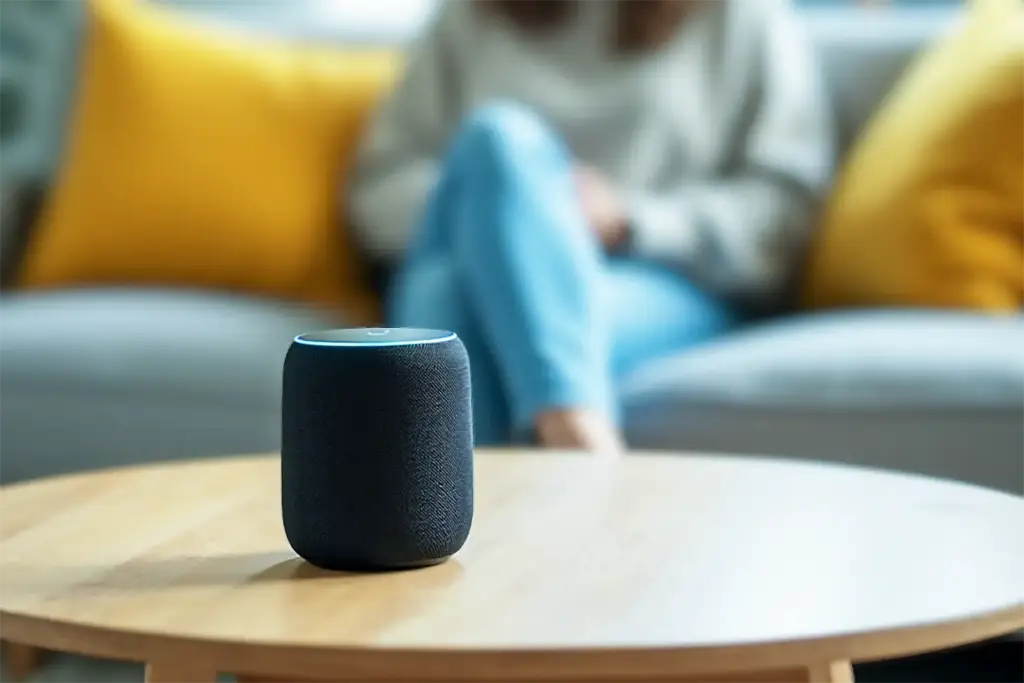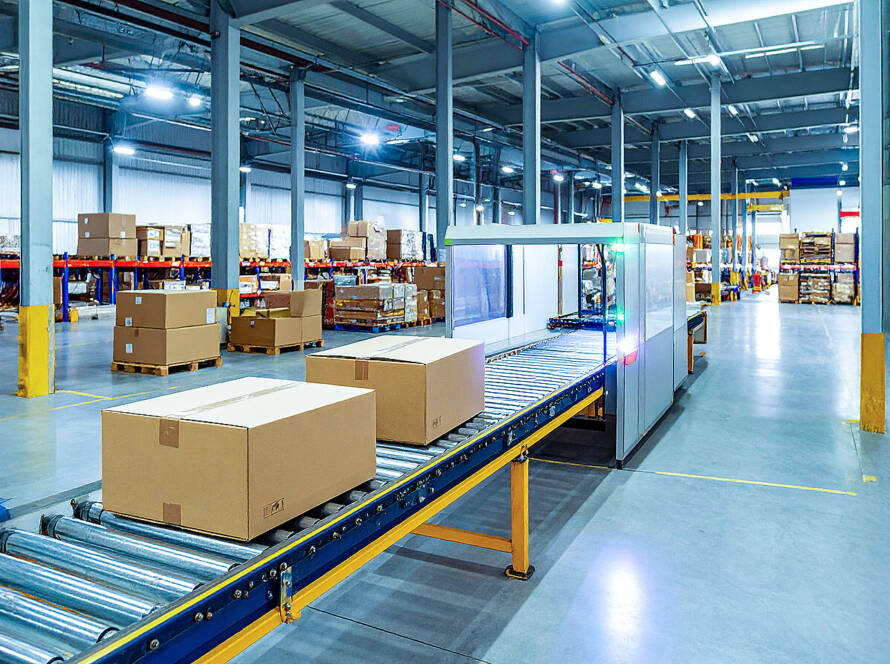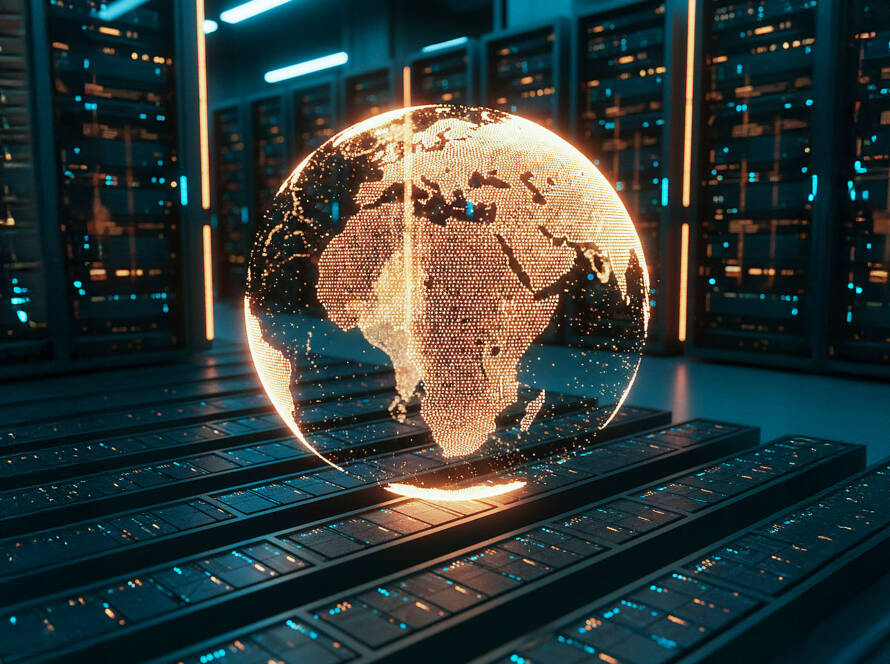The Internet of Things (IoT) is transforming everyday objects into smart devices that communicate, collect data, and automate processes — creating a connected ecosystem that enhances how we live and work. But what exactly is IoT, and what technologies make it possible?
Understanding IoT
At its core, IoT refers to the network of physical devices embedded with sensors, software, and connectivity that enables them to send and receive data over the internet. This connectivity allows for seamless communication between devices and systems, enabling real-time monitoring, control, and data-driven decision-making.
Key Technologies Behind IoT
Sensors: The Foundation of IoT
Sensors are devices that detect and measure physical properties such as temperature, humidity, motion, pressure, light, and more. They convert these physical inputs into electrical signals or data that can be processed and analysed. Without sensors, IoT devices would lack the ability to perceive their environment and respond intelligently.
RFID: Enabling Identification and Tracking
Radio Frequency Identification (RFID) is a critical IoT technology that uses electromagnetic fields to automatically identify and track tags attached to objects. Unlike barcodes, RFID does not require line-of-sight, can read multiple tags simultaneously, and supports efficient asset tracking, inventory management, and supply chain visibility.
Connectivity: Linking Devices Together
Various connectivity technologies enable IoT devices to communicate, including:
- Wi-Fi: Common for home and office IoT devices, offering high speed over short to medium ranges.
- Bluetooth Low Energy (BLE): Used for short-range, low-power communications between devices.
- Cellular (4G/5G): Provides wide-area connectivity, enabling IoT devices to operate in remote or mobile environments.
- LoRaWAN and NB-IoT: Low-power, wide-area network protocols designed for long-range communication with minimal energy use.
Data Processing and Analytics
After data is collected from sensors and RFID tags, it needs to be processed — either locally on the device (edge computing) or in centralised cloud servers. Advanced analytics, including artificial intelligence and machine learning, help extract valuable insights from the massive data streams generated by IoT devices.
Actuators: Enabling Automated Responses
Actuators translate digital commands into physical actions — such as opening a valve, adjusting temperature, or controlling a motor — allowing IoT systems to not only monitor but also actively manage environments and processes.
Practical Applications of IoT

- Smart Homes: Thermostats, lighting, security systems, and RFID-enabled asset identification that adjust automatically based on sensor data.
- Healthcare: Wearables that monitor vital signs, RFID for medical equipment tracking, and smart medication management.
- Industrial IoT: Sensors and RFID tracking machinery health and inventory to predict failures and optimise maintenance.
- Agriculture: Soil moisture and weather sensors combined with RFID-tagged equipment for precision farming.
The Future of IoT
As sensor and RFID technologies advance and connectivity expands, IoT will become even more ubiquitous, driving smarter cities, autonomous vehicles, and more efficient supply chains.
How Global Research Supports IoT Innovation
Global Research specialises in delivering comprehensive IoT solutions tailored to diverse industries such as logistics, healthcare, retail, and agriculture. With expertise spanning sensor technologies, RFID, connectivity protocols, and data analytics, Global Research empowers organisations to harness the full potential of IoT. By partnering with Global Research, businesses gain access to customised platforms, expert guidance, and ongoing support that enable smarter decision-making, enhanced operational efficiency, and sustained competitive advantage in an increasingly connected world.



